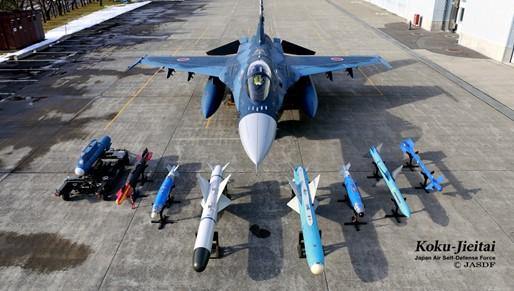Amid growing threats from China and North Korea, Japan is reportedly planning to resume anti-missile evacuation drills, a program that has been suspended for four years.
Meanwhile, the government announced independent research and development (R&D) and mass production of new missiles. It also accelerated the upgrade of the self-defense force to better respond to security threats in the country’s surrounding areas.





